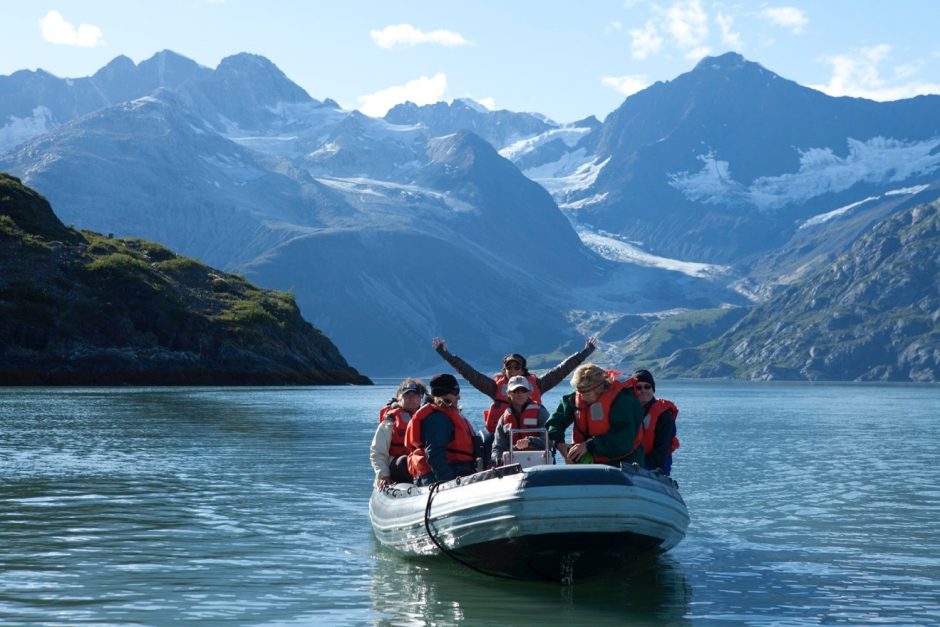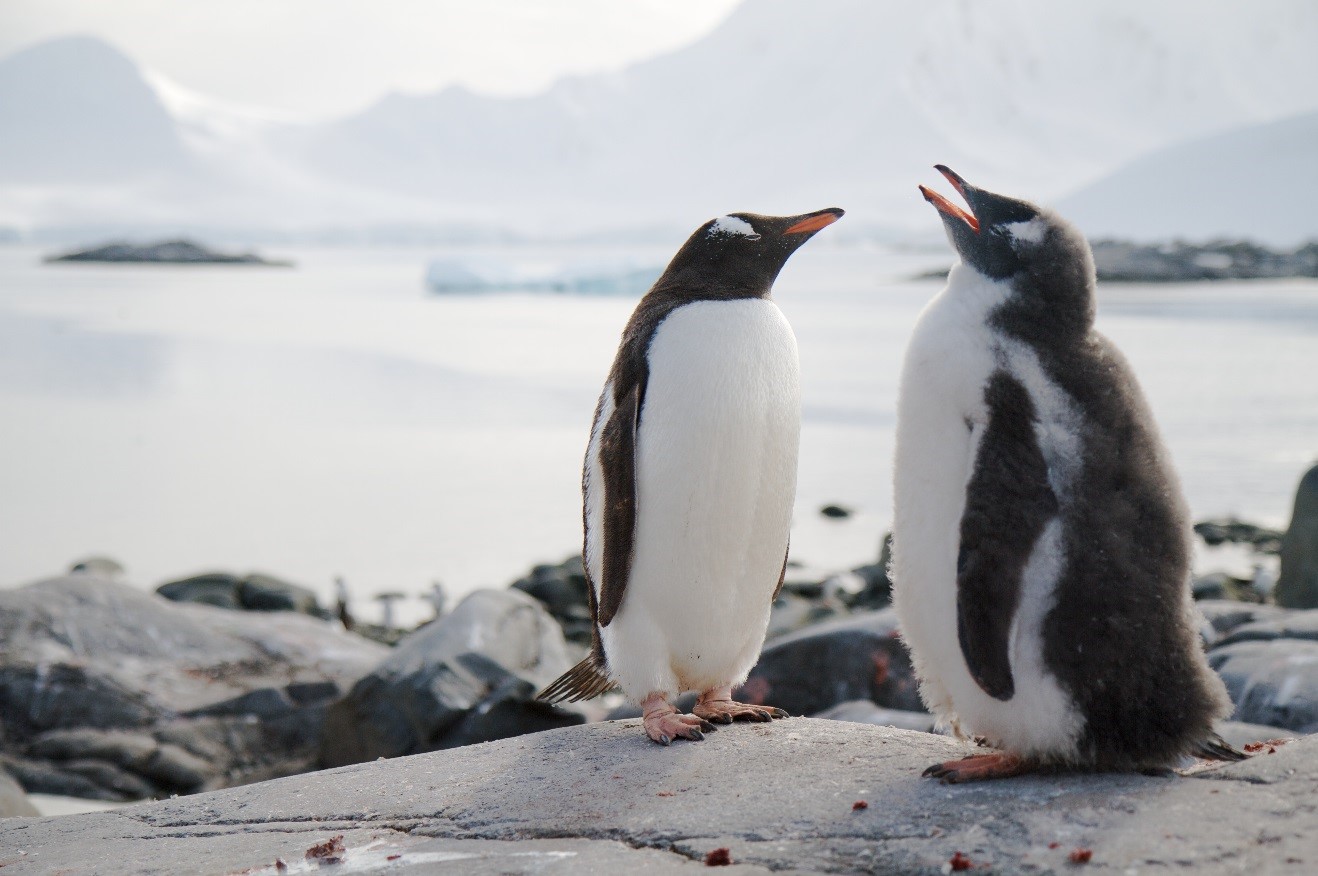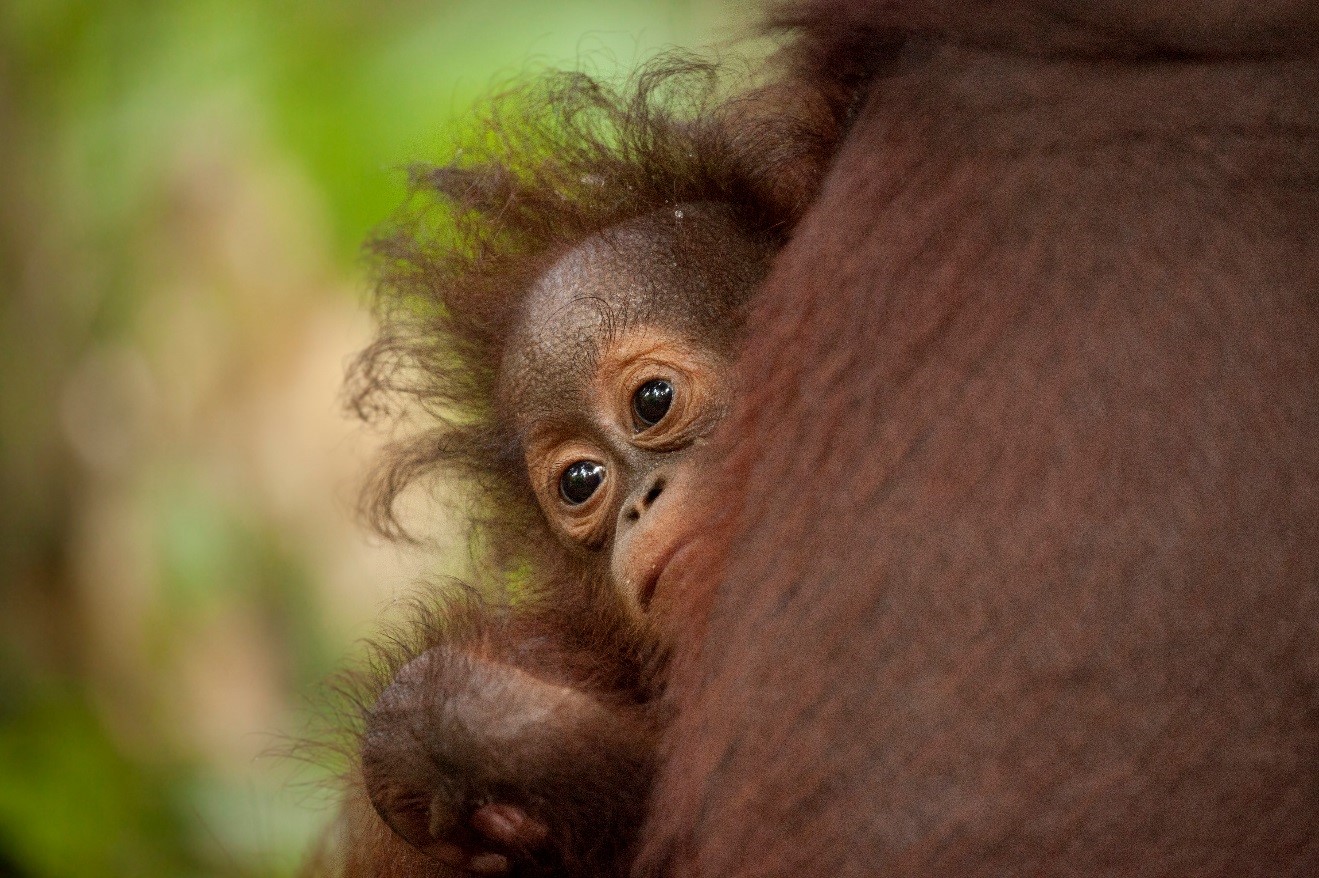
RAW vs. JPEG – What Photo Format is Best for You?
As technologies advance on a near-monthly basis in the world of photography, with new cameras, lenses, software, and various post-processing techniques, it’s a lot to keep up with. I’m here to help.
Most folks hear about RAW photography and just discount it as a tool only for the professionals. This isn’t true, and it can be a valuable technique for anyone that does any post-processing of their photos. Fear not, and read on, as I’ll shed a little light and increase exposure on the subject (sorry for the pun, photo humor there). At least the penguin’s laughing…

First, let’s talk about JPEG
If you want to get really technical, this stands for Joint Photographic Experts Group. But, this is actually pretty irrelevant for what it truly means. Just fun trivia for the day.
What JPEG means for you, the photographer, is that you are capturing a “finished product” on your memory card. The camera takes the photo and then compresses the data into an easy to use, share, and store format, using minimal space on your memory card. The upsides are evident, as it’s now the default format for sharing images, whether it’s on a website, social media, photo contest, computer documents, you name it. However, there is some sacrifice, as the camera is making its own decisions on compressing. It’s basically merging color, light, and contrast data into what it feels is a great finished product. And if you took the photo perfectly, it should be good enough. But, in the world of nature, wildlife, and travel photography, you’re not always presented with perfect scenes.
Enter RAW
By shooting in RAW, the camera is leaving all the data and pixels exactly as it captures them. No compressing…no merging of data. This translates into a MUCH larger file size (about 5 to 10 times larger, to be exact), but it also preserves all the raw data in the file, which is hugely beneficial if you plan on any editing/processing your photos.
One additional caveat, which often scares people away, is that RAW photos are not very shareable. You cannot upload a RAW photo to social media, or easily share via email. So, you must convert the RAW to JPEG at some point, which is usually done after you edit the photo (change the lighting, saturation, contrast, etc.) via processing programs like lightroom, photoshop, etc. While RAW photos preserve lots of data, they aren’t the finished product.

If you’re the experimental type, here is an interesting exercise. Take your camera and try and photograph the exact same scene with JPEG, and then again in RAW format. Put them on the computer and compare them side by side. Most often, you’ll probably like the JPEG one a bit more, because the camera, when compressing, automatically adds some things like a touch of saturation, contrast, etc. For RAW it will probably look a bit unsaturated and maybe even not as sharp. Interesting huh? But here’s the twist. If you are the kind of person that does indeed edit your photos, you’ll notice that as you lighten or darken, sharpen, add clarity, change the structure, whatever, the JPEG will start looking “fake” much sooner than the RAW image when making the same adjustments…even small ones. With RAW, you can edit your photos significantly better, which is the main reason that people choose to shoot in RAW. You preserve the ability to edit quite a bit on the computer with very minimal loss in quality.
Now of course, I’m a big proponent of the fact that the best photos are those that come straight out of the camera. This is true. But, sometimes you just don’t or can’t nail the perfect photo each and every time. I know, shocking!

You can quickly see the pros and cons of each. With JPEG, you get a nice, tidy package that is instantly sharable, and you don’t have to do much with them. And if you’re only making very minor adjustments (emphasis on the very), they can still hold up in quality. However, with RAW, you’re preserving as much data as you can, and with new cameras and new tech in the photo world, that’s A LOT of data. This translates into you being able to make editing and processing changes to the photo with minimal negative effect to the photo’s quality. But, you better have a bigger memory card to store it all while on your next photo expedition!
So, how is this actually working?
Take this analogy…
Let’s say you’re a music editor trying to make changes to a beautiful orchestra piece recorded earlier that day. The JPEG version is like having one single music track and trying to change things like tone, level of bass or treble, and the overall volume with just the single recording. With RAW, you instead have a recording of each individual section of the orchestra…you have one track of the brass, and one of the percussion, and one of the string, and another of the woodwinds. Because they all start with different tones, bass elements, and other musical qualities, you will likely change each section differently. That is some get more adjustments, and some get less. This is exactly what a program like lightroom or photoshop does for RAW photos. The program uses its fancy algorithms to translate all that into basic photo edits. Maybe it’s an increase in light or color saturation, or perhaps a decrease in contrast. You can tweak the photos to best suit the needs and qualities of the data it captured. And when you’re somewhere truly iconic, like the famous Namib Desert below, you just have to make due with what you have. Sure, I would have loved a cloudless sky this day, but using a RAW photo, I could help bolster the blue, decrease the light in the clouds, and decrease the shadows on the tree, and voila…a keeper shot, thanks to RAW.

What should YOU do?
As you can see, the choice of RAW vs. JPEG largely comes down to whether you plan to edit your photos at all. If you don’t plan to edit, or are only doing things like cropping the photo, then it’s an easy choice…JPEG all the way. And if you already edit photos a lot, you are most likely in the camp of already using RAW format. However, chances are, most of you are in between, where you do edit a little, but not sure how much is “a little”, and might even wish to edit a bit more and get better doing so through practice. If this is you, I do recommend you consider using RAW format, as long as your camera allows for it (many point and shoots do not, sorry). It will indeed add a bit of time to your work flow, and you may have to pick up an additional memory card or two, but I honestly think that you’ll love the results and newfound flexibility in how much you’re able to edit photos after the fact. You can always shoot in RAW and convert to JPEG on the computer, but you can never go from JPEG to RAW and get that data back.
If you have your own thoughts on whether JPEG or RAW is the right choice, or have further questions I can help you on this, please feel free to leave a comment below.
Now go forward and give it a shot!
Court
7 Comments

Kristy
March 10, 2018 at 12:49 pm

Charles Arvey
March 13, 2018 at 5:31 pm

Karles
July 9, 2018 at 10:11 am

pwdoc
June 8, 2019 at 11:36 am

Court Whelan, Ph.D.
June 19, 2019 at 11:52 am

Tina Schreiner
April 2, 2024 at 8:07 pm

Court Whelan, Ph.D.
April 3, 2024 at 10:13 am
You may not be aware, but the histogram on the back of your DSLR is built off the jpeg image, not the full raw image file. If I choose to shoot raw images in the wider Adobe RGB color space, then we should get a full and accurate histogram for the raw image file.
For those who are unsure, it is possible to store both raw and JPEG on the card, but that does take more memory and write time. Not recommended, but an option. Personally, I haven’t stored a JPEG in camera in years.
Jpeg and raw both are the formats of the photo. Jpeg compresses the data while storing in the memory whereas raw store data as it captures. https://supportnumbers.net/aol-technical-support/ here you will get more explanation of this.
when i capture images using RAW format, it’s super easy to edit my photos using photoshop and other tools 🙂
agreed! if planning on doing some editing, even if just small stuff, RAW is the way to go :).
Wonderful article! Thank you, Dr. Whelan.
you bet, Tina!! Thanks for reading!